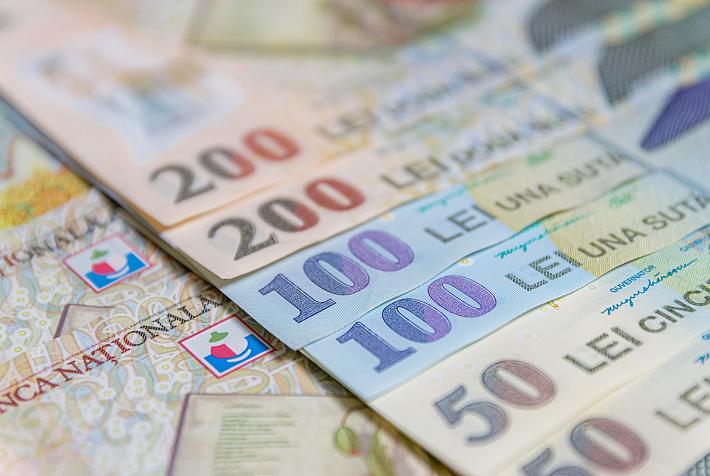Romania uses its EU funds only on paper, ranks last in the region on actual absorption rate

Romania had one of the highest contracting rates for EU funds in the region but only managed to get a little over half of the money allotted to it by the European Commission in the 2007-2013 period. A competitive country project is needed to get Romania to evolve from the last place, according to KPMG.
Romania had a 106% contracting rate of the EU funds allotted to it, at the end of 2014, the fourth highest of ten countries in the region. However, it only managed to get 52% of the money, its payment ratio being by far the lowest in the region.
Romania had EUR 19.2 billion allotted from the EU budget for the 2007-2013 period, from the European Regional Development Fund (ERDF), Cohesion Fund (CF) and European Social Fund (ESF). The country came up with projects worth a total of EUR 20.3 billion, but managed to get less than EUR 10 billion by the end of 2014.
Romania can still receive payments from the 2007-2013 funds until the end of this year. By the end of May 2015, the EU fund absorption rate went up to 54% and the Government targeted at the beginning of this year an 80% absorption rate by end-2015. The projects that are not finished by then will lose their EU funding.
Hungary and the Baltic states had the highest EU funds absorption rates at the end of 2014, of over 85%. Hungary, for example, managed to draw EUR 21.7 billion from the EU. Poland, which had the highest sums allotted to it, reached a payment rate of 78%, which translates into EUR 52.5 billion worth of non-refundable money. Even Romania’s poorer neighbor Bulgaria had a 77% absorption rate, managing to get EUR 5.1 billion.
Romania’s slow progress was due to the delay in implementing EU-funded programs, as well as the many irregularities and corruption suspicions in the procurement process for the projects implemented by public authorities, which determined the European Commission to suspend payments for some programs at times. Romania pays back some EU funds, has another EUR 1 bln blocked.
Still, Romania managed to make significant progress in EU fund absorption compared to the end of 2012 when the payment rate was under 15%.
“Payment rates for European funds in Romania still lag behind many other countries in the region, due to difficulties from the beginning of the programming period, although the contracting rate is presently at a very good level. The measures that have been adopted over the past two years have had a significant positive effect to accelerate the implementation of projects and to simplify procedures, and the lessons learned will contribute to better planning in the 2014-2020 period,” said Daniela Nemoianu, Executive Partner of KPMG Romania and president of Amcham Romania.
“An essential part will be played by a systemic reform of public acquisitions, as determined by the European Directives adopted by Romania and which come into effect as of January 1, 2016,” she added.
editor@romania-Insider.com












